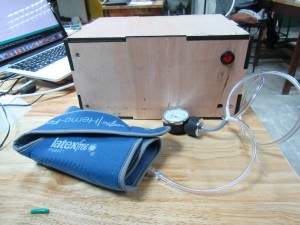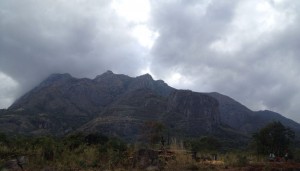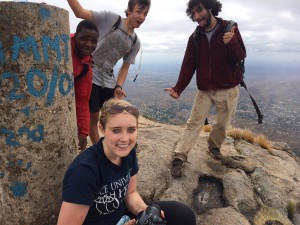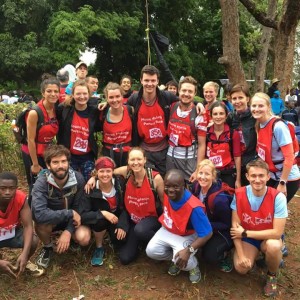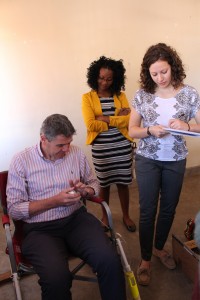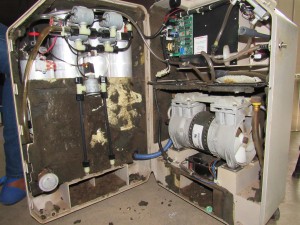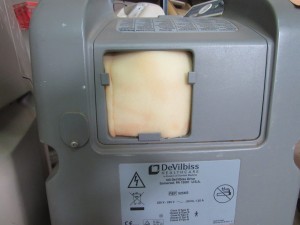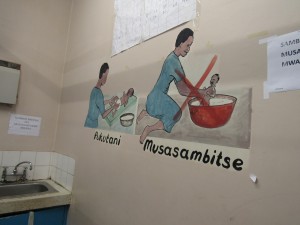After spending a two weeks researching current methods for monitoring temperature in neonates and beginning the design process for an improved temperature monitoring system, we had a bit of a change in direction. Initially, we wanted to start from scratch, designing a new method that is inexpensive and accurate. However, we soon learned that even at Rice alone, quite a bit of work is already being put into solving this problem. (At least we found a good need!)
Next, we decided to focus on modifying the Kangaroo Mother Care Monitoring device to be used for temperature sensing in neonates who are not receiving KMC. We thought this was a good plan, since we would be building off existing technology, but modifying it according to what the client wants. We expected to do many visits to Queen’s in order to adapt the KMC device to its new purpose.
This did not work out either. At this point, we were asked to focus solely on the Chitenje Warmer. This is a device that interns began to implement last year, but was not currently being used. To be honest, we were not completely enthusiastic about this and did not think that there would be enough for 4 people to do full-time. For this reason, Tahir, Kate, Brighton and I decided to split into two groups. Tahir and Kate would focus on the Chitenje Warmer, validating data obtained by previous students and educating staff on how to use it. Brighton and I would continue work on temperature monitoring. However, instead of working on any device in particular, we would focus on user-interaction, building a few different prototypes that display information in different ways. We will then bring these to Queen’s. Our hope is to get a good idea of what type of user-interface is favorable to clinicians and nurses. We will then pass along our findings to future teams, both at the Poly and at Rice, so they know the best way to display information for their designs.
Although this is not the type of work I initially expected to be doing while here, I think the information we gather could be very helpful to many teams in the future. I am nervous, because I have very little experience with circuit design and exactly zero experience with Arduino, but I am excited to learn!
